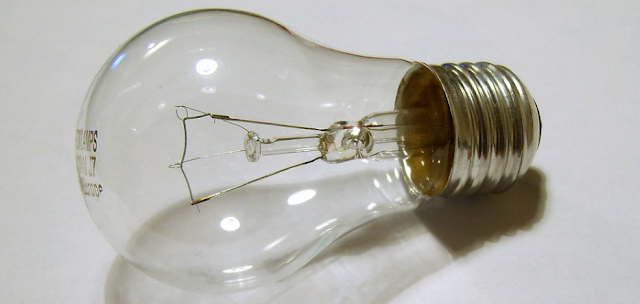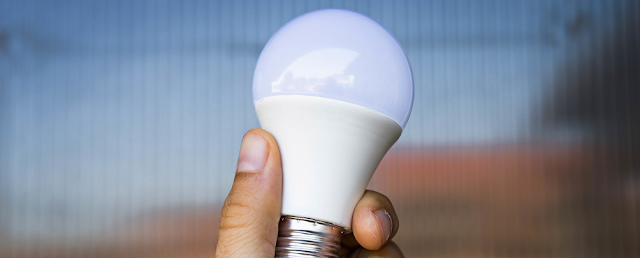The Incandescent Light Bulb: A Relic of the Past or Still Relevant in the Modern World?
In the 19th century, the invention of the incandescent light bulb by Thomas Edison revolutionized the way we live and work. For over a century, these bulbs were the dominant source of artificial light, bathing our homes, offices, and streets in their warm, familiar glow. However, in recent years, new lighting technologies such as LEDs have emerged, offering significant advantages in terms of energy efficiency, lifespan, and versatility. As a result, many people have begun to wonder: is the incandescent light bulb a relic of the past, or does it still have a place in the modern world?

The Rise and Fall of the Incandescent Bulb
Edison's original incandescent bulb was far from perfect. It was inefficient, converting only a small portion of its energy into light, the rest being wasted as heat. Additionally, it had a short lifespan, typically burning out after only a few thousand hours. However, despite these limitations, the incandescent bulb quickly became popular due to its affordability and simplicity.
Over the years, the design of the incandescent bulb was improved, but its fundamental principles remained the same. In the 20th century, the invention of halogen bulbs offered a slight improvement in efficiency, but the basic concept of heating a filament to produce light remained unchanged.
The Fluorescent Interlude
While the incandescent bulb reigned supreme for many years, a challenger emerged in the mid-20th century: the fluorescent lamp. Invented in the 1930s, fluorescent lights offered a significant improvement in energy efficiency compared to incandescents. They work by exciting mercury vapor inside a glass tube, which in turn produces ultraviolet radiation. This radiation then interacts with a phosphor coating on the inside of the tube, creating visible light.

Fluorescent lights quickly became popular in commercial and industrial settings, where their energy efficiency was a major advantage. However, they had some drawbacks, including:
- Mercury content: The mercury vapor inside fluorescent tubes posed an environmental hazard if not disposed of properly.
- Flickering: Early fluorescent lights were prone to flickering, which could be irritating to the eyes.
- Color quality: The light emitted by fluorescent tubes could be harsh and unflattering, making them less suitable for residential use.
Despite these drawbacks, fluorescent lights played a significant role in lighting advancements, bridging the gap between the inefficient incandescent bulb and the highly efficient LED.
The Rise of LED Lighting
In the late 20th century, a new challenger emerged: the light-emitting diode (LED). LEDs are fundamentally different from both incandescent and fluorescent bulbs. They produce light through a process called electroluminescence, which is much more efficient than incandescence or the fluorescence process. As a result, LED bulbs are far more energy-efficient than either incandescent or fluorescent bulbs, using up to 90% less energy to produce the same amount of light.

In addition to their energy efficiency, LED bulbs have several other advantages over both incandescent and fluorescent bulbs. They have a much longer lifespan, typically lasting for 25,000 to 50,000 hours compared to only 1,000 hours for an incandescent bulb and 10,000 hours for a fluorescent tube. They are also more durable and resistant to breakage. And, unlike incandescent bulbs, which emit a significant amount of heat, and fluorescent tubes which contain mercury, LED bulbs are cool to the touch and environmentally friendly.
The Decline of Incandescent and Fluorescent Bulbs
Given the many advantages of LED bulbs, it is no surprise that they have rapidly replaced both incandescent and fluorescent bulbs in recent years. In many countries, including the United States, the European Union, and China, the sale of incandescent bulbs has been banned or phased out. Fluorescent bulbs are also being phased out in many places, due to their lower efficiency and mercury content.
Are Incandescent and Fluorescent Bulbs Still Relevant?
Despite their decline in popularity, neither incandescent nor fluorescent bulbs are entirely obsolete. There are still a few situations where they may be the preferred choice. For example, some people still appreciate the warm, yellowish glow of incandescent bulbs, while fluorescent tubes are still sometimes used in industrial settings where their high lumen output is desired.
However, for most general lighting applications, LED bulbs are the clear winner. They are more energy-efficient, durable, versatile, and environmentally friendly than both incandescent and fluorescent bulbs. As LED technology continues to improve and prices continue to fall, it is likely that both incandescent and fluorescent bulbs will become even more rare in the years to come.
The Future of Lighting
The future of lighting is bright, thanks to the continued development of LED technology. LED bulbs are already incredibly efficient, but researchers are constantly working to improve their efficiency even






